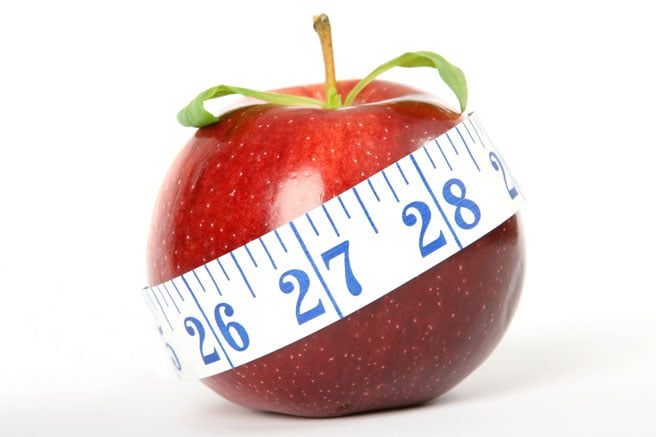Many factors contribute to a person’s weight. These include family history, genetics, environment, food habits, metabolism, lifestyle, etc.
Our body derives its energy requirement from the food we eat. The excess amount of energy (calories), that is the difference between the food and drinks you consume (energy IN) and the energy that your body uses for things like breathing, digesting, being physically active, sleeping, etc. (energy OUT) are stored in the body as fat.
Therefore, our body weight is the result of sum total of the energy we consume (through food and beverages) and the energy that our body expends (through engaging in physical activities).
That is:
- Weight Gain = Over time there is more energy IN than energy OUT
- Weight Loss = Over time there is more energy OUT than energy IN
If we are consuming more calories than our body uses, we put on weight. And if we consume fewer calories than our body requires, it will break down the fat deposit in our body, and we will lose weight.
Recent studies have shown, that doing physical exercise alone is not enough to lose weight. For sustained results, we have to make certain lifestyle changes. Like:
- Spend less time in sedentary activities (e.g., watching television, internet surfing, sitting in office chair)
- Engage in daily physical activities (e.g., walking, bicycling, gardening, housework)
- Eat more fruits and vegetables
- Reduce food portion sizes
BMI (Body Mass Index) is a useful indicator to get an idea about our body fat and a good gauge for obesity-related diseases. It is calculated using the body weight and height.
We can use BMI to get an idea about our ideal weight, as per our gender and height.
BMI is not a perfect indicator, it has its limitations. For example, it may overestimate the body fat of people who are athletes and muscularly build. And also, it may underestimate body fat in older people and others who have lost muscle mass.
The various BMI categories are given below:
| BMI Categories: | |
| Underweight | = BMI of less than 18.5 |
| Normal weight | = 18.5 to24.9 |
| Overweight | = 25 to 29.9 |
| Obesity | = BMI of 30.0 or greater |
In addition to BMI, measurement of waist circumference is also a good indicator for possible health risks that comes with obesity. For example, if you are fat around your waist rather than your hips, you have higher chances of developing heart disease and type 2 diabetes.
And this risk increases as your waist measurement goes up. The risk goes up for waist size that is greater than 35 inches for women and 40 inches for men.
The correct way to measure your waist is to place the measuring tape around your middle, just above the hipbones. And take the measurement after you breathe out.
These measurements are only indicators of your risk to these diseases. If you are concerned, please get in touch with your doctors, for proper assessment.

Please tell me more about your excellent articles
Thank you for writing about this topic. It helped me a lot and I hope it can help others too.
Thanks for the help
You helped me a lot with this post. I love the subject and I hope you continue to write excellent articles like this.